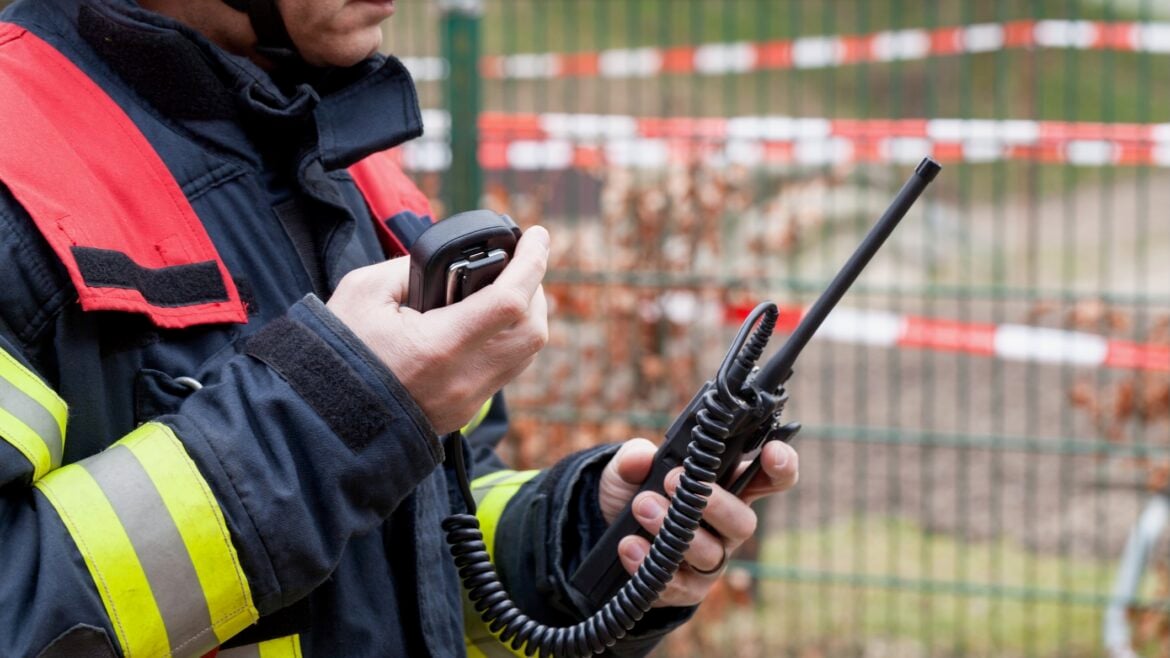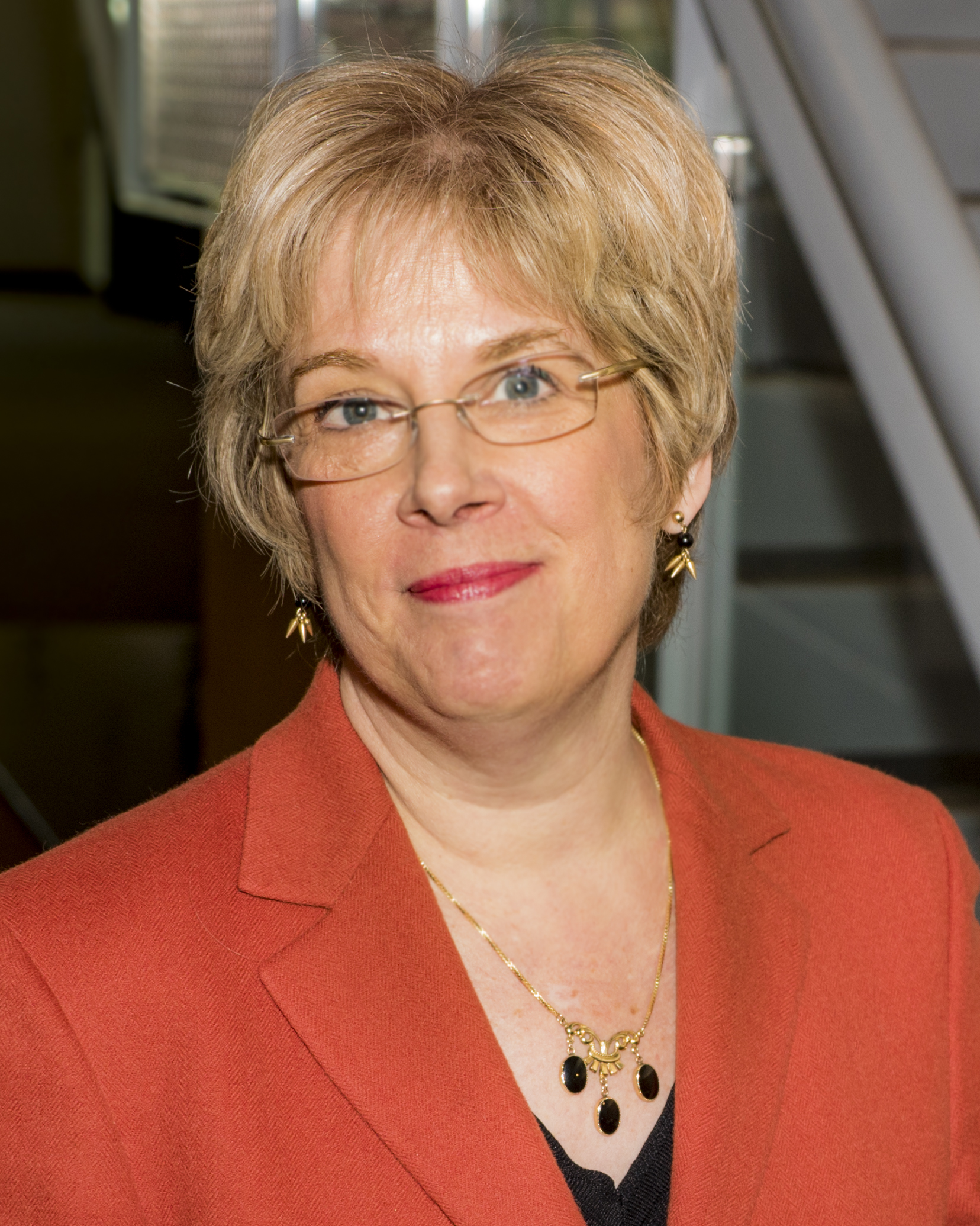Why public broadcasters must act now to engage with public safety leaders

MaboHH / iStock
Public broadcasters who are not yet at the table with state and local public safety communications leaders are missing an important opportunity. With a much-anticipated announcement from the FCC regarding ATSC 3.0 likely coming soon, they have an opportunity to serve viewers and communities in new and exciting ways.
During my 46-year career, primarily in public broadcasting, I sought opportunities to leverage technology to further our mission. Public broadcasters have an incredible asset: their transmission facilities and over-the-air wireless reach that covers nearly all the continental U.S. Two developments present not only challenges to public broadcasters but highlight opportunities for them to build trust in their communities going forward by utilizing infrastructure, relationships and emerging technologies.
The first development is President Trump’s recent announcement seeking to eliminate CPB funding, which creates an existential crisis for public broadcasters. Will they be able to survive should federal funding be zeroed out? Adding to the concerns, multiple state legislatures have reduced or eliminated funding to stations. There will be much debate about this topic in coming months — debate that is not new.
And in a different, perhaps pivotal announcement, the FCC has issued a request for comments on a proposed timeline for ATSC 3.0 and a report on the Future of Television Initiative, a group led by the National Association of Broadcasters. If the commission adopts the NAB’s proposal, ATSC 3.0 will be mandated in the top 55 markets by February and the remaining markets by February 2030.
With these events playing out, public broadcasters are in a position to utilize their broadcast assets to better serve their communities. For example, all 50 states, six U.S. territories and the District of Columbia have a Statewide Interoperability Coordinator. The SWIC is tasked with ensuring that the state, territory or district’s public safety community openly shares information, ideas, technology and processes. The SWIC also fosters relationships and helps guide practitioners toward resources and people that can maximize a community’s response to emergencies.
In most states, the SWIC is the point person for coordinating the communications-based response to and recovery from human-made and natural disasters. This includes working with first-responder communications professionals, 911 telecommunicators, commercial wireless and wireline partners, amateur radio operators and, in your case, the broadcast infrastructure community.
The ability to alert and warn citizens of peril is important to keep the public safe. Every state has a Statewide Communication Interoperability Plan. During my tenure at PBS North Carolina, we developed a strong relationship with the North Carolina Department of Public Safety and were identified in the NC SCIP as an asset to be used for emergency communications.
Each state also has a State Emergency Communications Committee. Representatives in this volunteer organization include broadcasters, cable operators and state and local government officials. Again, PBS North Carolina is an active, permanent member of the North Carolina SECC.
Public broadcasters need to be participating in such groups with state and local public safety communications. Engaging, listening and understanding their operations are key first steps to developing meaningful relationships. Collaboration can soon follow.
The second item public broadcasters need to focus on is the likely adoption of ATSC 3.0 in the U.S. They have an exciting new opportunity to expand their ability to serve their viewers and constituents. Enhanced video and audio along with internet-delivered content will provide an enriched viewing experience. Although there will be funding challenges for adoption, the investment will be well worth it.
During my time at PBS North Carolina, we pioneered work to develop a means of communication to first responders, far faster, more dependable and over a much larger area than traditional analog systems widely used across the country. With the adoption of ATSC 3.0, we anticipate seeing this life-saving technology rolled out in the coming years.
Our friends at NAB have developed a means of supplementing GPS through a terrestrial system utilizing ATSC 3.0. The Broadcast Positioning System utilizes existing tall tower/high-power infrastructure for delivering precision timing information crucial to our nation’s critical infrastructure and economic security. Public broadcasters should be a central partner in this effort.
Reaching civilians during times of disaster, when cellular networks have been compromised, is another example where public broadcasters can provide a lifeline via ATSC 3.0. Utilizing a companion receiver, messages can be delivered to mobile devices when cellular networks are unavailable.
The time is now for public broadcasters to engage with public safety partners and to plan for the next broadcast standard. It will have a significant impact on your relevance in the communities you serve, far beyond the great programming you all provide.
The author would like to thank Greg Hauser, Statewide Interoperability Coordinator, North Carolina Department of Public Safety and Mark Corl, senior VP of emergent technology development at Triveni Digital, for their contributions to this article.
Fred Engel, principal at Fred Engel Technology Consulting, retired in 2024 after 46 years of technology leadership, primarily in public broadcasting. He serves on the ATSC Board of Directors and remains active in the industry.







Fred is right about this. Public Media should be woven into the fabric of public safety and disaster response. His message has never been more timely and every advocate for Public Media in every situation should be making these points. This is our chance to make our case.